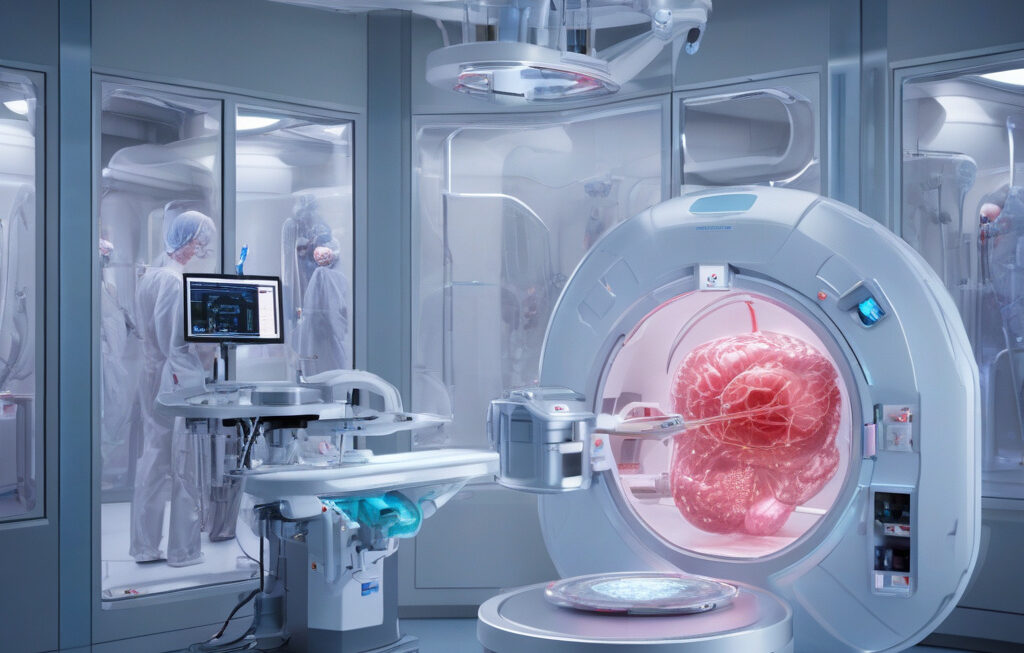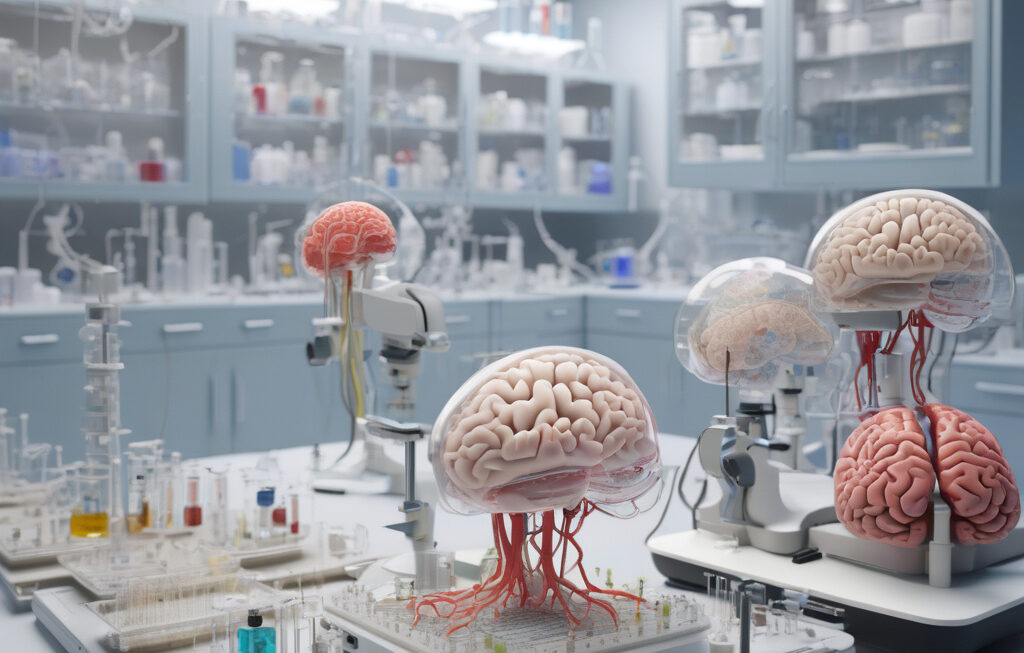US Scientists Achieve 74% Accuracy in Decoding Inner Speech with Cutting-Edge Brain-Computer Interface
Stanford University scientists have made a groundbreaking advancement in the field of neuroscience by successfully decoding inner speech, also known as the silent thoughts that occur in a person’s mind. Through the utilization of a state-of-the-art brain-computer interface, researchers have achieved an impressive 74% accuracy rate in translating these inner monologues into recognizable text.
This unprecedented feat marks a significant milestone in the realm of cognitive science and has the potential to revolutionize various sectors, including communication, healthcare, and technology. By tapping into the intricate workings of the human brain, scientists have unlocked the ability to decipher the unspoken words that individuals generate internally.
The implications of this pioneering research are far-reaching. Imagine a world where individuals with speech impairments can articulate their thoughts simply by harnessing the power of their minds. This technology could offer a lifeline to those who struggle to communicate verbally, providing them with a newfound sense of autonomy and freedom of expression.
Furthermore, the applications extend beyond the realm of healthcare. In the realm of cybersecurity, the ability to access and interpret inner speech could lead to enhanced methods of authentication and identification. By leveraging the unique neural patterns associated with each individual, this technology could offer a more secure alternative to traditional password-based systems.
The development of this brain-computer interface also opens up exciting possibilities in the realm of artificial intelligence. By gaining deeper insights into how the brain processes and generates language, researchers can refine natural language processing algorithms and create more intuitive human-machine interfaces. This could pave the way for a new generation of AI systems that are capable of understanding and responding to human thoughts with unprecedented accuracy.
While the current accuracy rate of 74% represents a significant achievement, researchers are already working towards further enhancing the capabilities of the brain-computer interface. By refining the algorithms used to interpret neural signals and expanding the dataset of inner speech patterns, the goal is to achieve even greater levels of accuracy in the near future.
As with any emerging technology, ethical considerations must be taken into account. The ability to access and decode a person’s inner thoughts raises important questions regarding privacy, consent, and the potential for misuse. It is crucial that as this technology continues to evolve, safeguards are put in place to protect the rights and autonomy of individuals.
In conclusion, the decoding of inner speech represents a monumental leap forward in our understanding of the human mind and has the potential to reshape the way we interact with technology and each other. By bridging the gap between our thoughts and external communication, this cutting-edge brain-computer interface heralds a new era of innovation and possibility.
#USscientists #InnerSpeech #BrainComputerInterface #NeuroscienceBreakthrough #InnovationinTechnology












